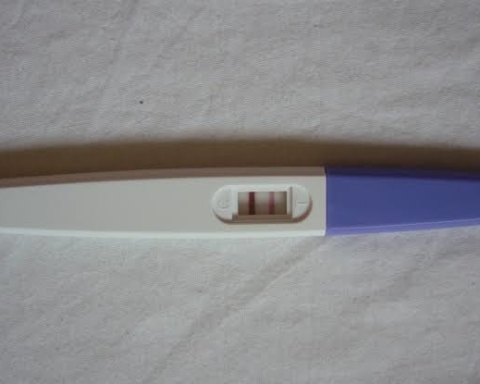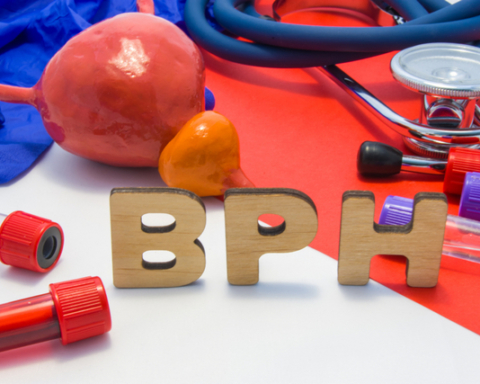Learning outcomes
Level 2 case study: You will be able to:
- interpret relevant laboratory and clinical data
- identify monitoring and referral criteria
- explain treatment choices
- describe goals of therapy, including monitoring and the role of the pharmacist/clinician
- describe issues – counselling points, adverse drug reactions, drug interactions, complementary/alternative therapies and lifestyle advice.
Scenario
A 30-year-old pregnant woman presents to your pharmacy with a new prescription for cefalexin 500 mg three times a day for one week. She is worried about possible effects on the developing baby.
Questions
1. What organisms cause urinary tract infections (UTI)?
2a. What is the incidence of UTI in pregnancy?
2b. What are the presenting features, signs and symptoms of UTI?
2c. What are the possible complications of UTI during pregnancy?
3. What are the management recommendations for cystitis in pregnancy?
4a. Which antibiotics used to treat UTI can be safely prescribed in pregnancy?
4b. Which antibiotics used to treat UTI can be used with caution during pregnancy?
4c. Which antibiotics used to treat UTI should be avoided or are contraindicated during pregnancy?
5a. How would you counsel the patient on the medication she has been prescribed?
5b. What nutritional advice could you offer the patient to aid a healthy pregnancy?
Answers
1 What organisms cause urinary tract infections (UTI)?
Urinary tract infections are usually caused by bacteria from the gastrointestinal tract; Escherichia coli accounts for about 90% of UTIs acquired in the community.
Other organisms responsible for UTIs are Staphylococcus species, Proteus mirabilis, Enterococci and Candida albicans. Candida albicans UTI is rarely found in patients within the community setting but is common in hospital patients with risk factors such as indwelling catheters, immunosuppression, diabetes mellitus and those on antibiotic treatment.
2a What is the incidence of UTI in pregnancy?
A review of UTI in pregnancy reported that:
- the incidence of asymptomatic bacteruria (presence of bacteria in urine with no associated symptoms) was 2–10%,
- the incidence of acute cystitis (infection of the bladder) was in the range 1–4%, and
- about 20–40% of women with asymptomatic bacteruria develop pyelonephritis (kidney infection) later in pregnancy.
2b What are the presenting features, signs and symptoms of UTI?
Typical symptoms or signs of UTI include:
- dysuria
- frequency of urination
- haematuria
- back pain
- flank/loin tenderness
- no vaginal irritation or discharge.
2c What are the possible complications of UTI during pregnancy?
Possible complications include:
- development delays in the infant
- cerebral palsy in the infant
- fetal death.
3 What are the management recommendations for cystitis in pregnancy?
Before initiating treatment it is important that a sample of urine be sent for culture and sensitivities. A mid-stream urine sample (MSU) and clean catch urine are the most commonly collected specimens and are recommended for routine use. The first part of the voided urine is discarded and without interrupting the flow approximately 10 mL is collected in a sterile container.
Empirical treatment is then initiated with trimethoprim, nitrofurantoin or cefalexin.
Once the sensitivity of the cultured organism is known treatment can be adjusted accordingly.
A repeat urine culture should be done at approximately 7 days after the completion of treatment to confirm eradication of the bacteria has been achieved.
Symptoms of pain and raised temperature due to infection may be treated with paracetamol.
Urine cultures should be repeated monthly throughout the rest of the pregnancy to screen for asymptomatic infection.
4a Which antibiotics used to treat UTI can be safely prescribed in pregnancy?
Amoxicillin is recommended only if the organism is known to be sensitive to penicillins. Penicillins are not associated with any increased risk to the fetus.
Cefalexin is a first-generation cephalosporin. It is not associated with any increased risk to the fetus and is effective against most urinary pathogens.
4b Which antibiotics used to treat UTI can be used with caution during pregnancy?
Trimethoprim can be used during pregnancy except in women with a known folate deficiency or those who are taking folate antagonists, because it may limit availability of folic acid to the fetus and impair normal development. There is equivocal evidence to suggest that folate supplementation reduces the risk of neural tube defects in offspring of pregnant women treated with trimethoprim. Therefore, folate supplementation is recommended in all women treated with trimethoprim during the first trimester as a precautionary measure. Trimethoprim should not be used if the woman has recently had a course (some clinicians recommend avoiding repeating treatment with trimethoprim within three months) or if the woman has a history of recurrent infections resistant to this drug.
Co-amoxiclav can be separated into amoxicillin (see above 4a) and clavulanic acid; no adverse effects in newborn or fetus attributed to the combination of amoxicillin and clavulanic acid during pregnancy. Nitrofurantoin is effective against most UTIs. It should not be prescribed if the mother is glucose-6-phosphate dehydrogenase (G6PD) deficient. Nitrofurantoin can otherwise be used in pregnancy, but may cause haemolysis in a G6PD-deficient infant if used close to term. Nitrofurantoin is thus contraindicated in pregnant women during the third trimester. For most people the standard tablet formulation is suitable. The microcrystalline capsules and the twice-daily modified-release formulation may be better tolerated if nausea is troublesome and are offered as alternatives.
Second-generation cephalosporins are not as well absorbed orally as the first-generation cephalosporins, have a greater incidence of gastrointestinal adverse effects, and are more expensive than first-generation agents – thus they should only be used where specifically indicated.
Third-generation cephalosporins generally require parenteral administration and are reserved for use in secondary care for serious infections.
Pivmecillinam is not known to be teratogenic but is not recommended in pregnancy because of insufficient safety data.
4c Which antibiotics used to treat UTI should be avoided or are contraindicated during pregnancy?
Quinolones are contraindicated during all stages of pregnancy due to the risk of arthropathy.
5a How would you counsel the patient on the medication she has been prescribed?
You have been prescribed cefalexin, an antibiotic to treat your infection.
Are you allergic to any antibiotics? (Approximately 10% of patients allergic to penicillins will also be allergic to cephalosporins). Take one capsule three times a day for one week. It is important to take the capsules at regular intervals and finish the week’s course.
5b What nutritional advice could you offer the patient to aid a healthy pregnancy?
A healthy diet during pregnancy helps reduce the risk of having an infant of low birth weight who is at increased risk of poor health. A good diet contains a wide variety of foods including bread, cereals, pasta, rice and potatoes; fruit and vegetables; lean meat; fish and pulses; and reduced fat milk and dairy products. Listeriosis is a rare but serious disease if it occurs in pregnancy. Some cases of listeria have been associated with food. Foods such as Brie, Camembert and blueveined cheeses, pâté and undercooked meat, eggs and poultry should be avoided. Fruit, vegetables and salads should be washed thoroughly.
References
- Clinical Knowledge Summaries (2006) Urinary tract infection (lower) – women. Available at http://cks.library.nhs.uk/uti_lower_women [Accessed 4 July 2008].
- Joint Formulary Committee (2008) British National Formulary 55. London: British Medical Association and Royal Pharmaceutical Society of Great Britain, March.
- PJ Practice Checklist (2001) Nutrition and pregnancy. Produced by The Pharmaceutical Journal (updated January).








